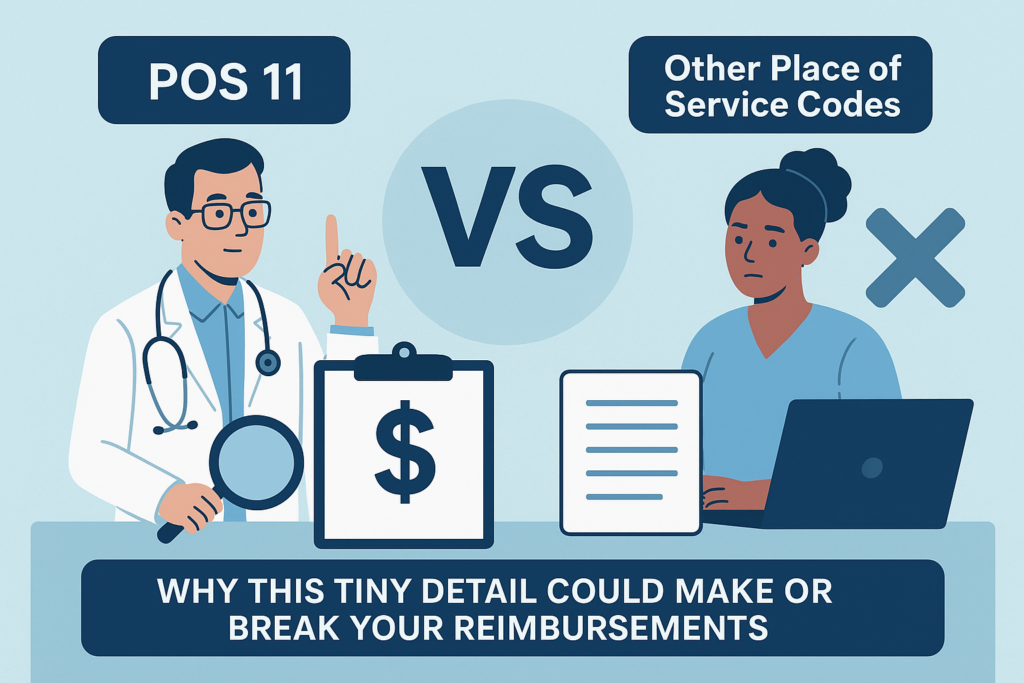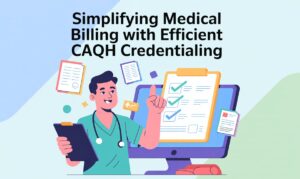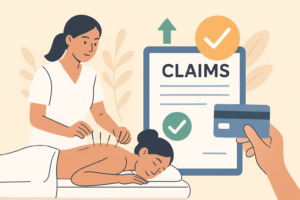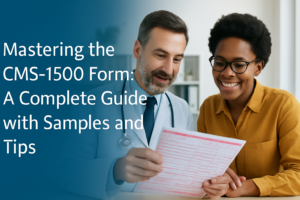Place of services 11, also known as POS 11, is a two-digit code used to indicate the offices, clinics, or practices. It means that when a provider treats a patient and delivers services in their office, the POS 11 code is used.
If you are in healthcare billing, you must know how important it is to get each detail right. A single mistake, like using the wrong POS code, can impact the overall revenue cycle. Usually, the POS 11 code looks very simple as used for offices, but when you use it with other Place of Service codes like POS 20 (Urgent Care), POS 22 (Outpatient Hospital), or even POS 02 (Telehealth), then it becomes challenging and confusing. And this is the major reason for claims bouncing back.
That’s why it is important to know the difference between POS 11 and other place of service codes. So let’s start it.
What Is a Place of Service (POS) Code?
A Place of Service code is a two-digit number assigned by CMS that tells insurance companies where the provider delivered the service. These services happen in an office, hospital, or via telehealth. These codes are important because:
- Payment rates always change depending on the place of service.
- Some services are only reimbursable in certain situations.
- If you use the wrong POS code then it may result in overbilling.
- Using the wrong POS code can make it look like you’re misrepresenting the care.
And these two digits have the power to reject your claims. According to research in 2024, 85% of claims get denied due to incorrect POS code usage.
POS Code 11: The Office Setting
According to CMS, POS 11 refers to:
“Location, other than a hospital, skilled nursing facility (SNF), military treatment facility, community health center, State or local public health clinic, or intermediate care facility, where the health professional routinely provides health exams, diagnosis, and treatment of illness or injury on an ambulatory basis.”
It’s your typical doctor’s office or clinic where patients come in for check-ups, treatments, and follow-ups.
Examples of POS 11:
- A primary care physician’s private office
- A dermatologist’s clinic
- A chiropractor’s practice
- An OB/GYN’s outpatient office
Why POS 11 is Important in Medical Billing
Payers reimburse services differently based on POS. And POS 11 usually means a lower facility cost compared to hospital settings. But why? Because when care happens in a provider’s office, the overhead is less than in a hospital or surgery center. That’s why carriers want to know the exact place. For example:
- A colonoscopy done in a hospital outpatient department costs more than the same procedure done in a physician’s office.
- A chest X-ray billed under POS 11 is reimbursed differently than one billed under POS 22 (outpatient hospital).
In short, accuracy protects you from overpayment audits and ensures you’re not shortchanged.
Common Mix-Ups: POS 11 vs. Other Codes
Now let’s focus on the main topic: the difference between POS 11 and other POS codes.
POS 11 vs. POS 20 (Urgent Care)
- POS 11 (Office): Scheduled appointments, chronic disease management, routine check-ups, or minor same-day issues like colds, such as a patient visit to a primary care provider.
- POS 20 (Urgent Care): Walk-in, unscheduled visits for acute issues that need immediate attention but aren’t life-threatening. For example, if a patient rushes into an urgent care center on a Saturday for a sprained ankle, then POS 20 will be used.
POS 11 vs. POS 22 (Hospital Outpatient)
- POS 11 (Office): Care in a physician-owned office, like a cardiologist seeing patients in their private practice.
- POS 22 (Outpatient Hospital): Care in a hospital-owned outpatient department. For example, that same cardiologist is seeing patients in the hospital outpatient clinic. It’s important as outpatient hospital services are often reimbursed at higher facility rates.
POS 11 vs. POS 02/10 (Telehealth)
- POS 11 (Office): In-person, face-to-face encounters in a provider’s office.
- POS 02 (Telehealth – patient not at home): Telehealth session with the patient somewhere other than home.
- POS 10 (Telehealth – patient at home): Telehealth session when the patient is at home.
These telehealth POS codes become very important during the pandemic, and using the wrong code can trigger claims back or compliance audits.
POS 11 vs. POS 21 (Inpatient Hospital)
- POS 11 (Office): Outpatient, ambulatory setting.
- POS 21 (Inpatient Hospital): Patient is admitted and stays overnight (or longer).
POS 11 vs. POS 23 (Emergency Room – Hospital)
- POS 11: Routine, non-urgent visits in an office.
- POS 23: High-acuity, emergency care in a hospital ER
Why the Confusion Happens and POS Codes Mistakes Occur
POS coding isn’t always black and white. A few mistakes occur due to various reasons:
- Shared spaces. Sometimes a physician has a private office inside a hospital campus. Coders might accidentally use POS 22 when it should be POS 11.
- Ownership changes. Hospitals acquiring physician practices can flip POS rules overnight. Yesterday it was 11; today it’s 22.
- Telehealth complexity. With POS 02 and POS 10 added, many providers still default to POS 11 without realizing payers track the distinction.
- Urgency vs. setting. A same-day appointment at a doctor’s office feels like urgent care, but if it’s in the provider’s office, it’s still POS 11.
Financial Impact of Getting POS Wrong in
Wrong POS codes always cost your practice.
- Lost revenue: You may get paid but less than you should.
- Claim denials: The Payer denies your claims outright.
- Compliance risks: Consistent misreporting could trigger audits.
- Patient confusion: Incorrect coding can also cause mismatched EOBs, leaving patients in confusion.
And nobody wants extra admin headaches or letters from payers asking for refunds.
Tips to Nail POS Coding Every Time
How do you keep things clean and accurate? Here are some best practices:
- Double-check ownership. Is the service being done in a provider-owned office or hospital-owned space? That’ll often decide between POS 11 and 22.
- Train your staff. Front-desk and billing teams should know the difference between office vs. urgent care vs. outpatient hospital.
- Stay updated. POS codes evolve, like the addition of POS 10 for telehealth at home. Make sure your billing team stays in the loop.
- Use cheat sheets. A quick reference guide at your billing desk can prevent mix-ups.
- Leverage technology. Some EHRs can auto-populate POS based on scheduling/location data.
How M&M Claims Care Can Help
At M&M Claims Care, we know that POS coding mistakes are one of the major reasons for revenue loss. These coding mistakes seem small, but when they occur in hundreds or thousands of claims a month, then it becomes difficult to handle these huge numbers of claims. That’s why you need a medical billing partner like M&M Claims Care, which is an experienced medical billing company in the US. Our expert medical billers know how to save your practice from these errors. We can help you with:
- Auditing claims for POS accuracy before submission
- Training staff on code differences and updates
- Catching underpayments caused by POS misreporting
- Staying up-to-date with CMS guidelines so you don’t have to
At M&M Claims Care, our medical billing services are designed according to all the specialties you offer. Our goal is not just to provide services but also to help you turn your revenue expectations into reality.

